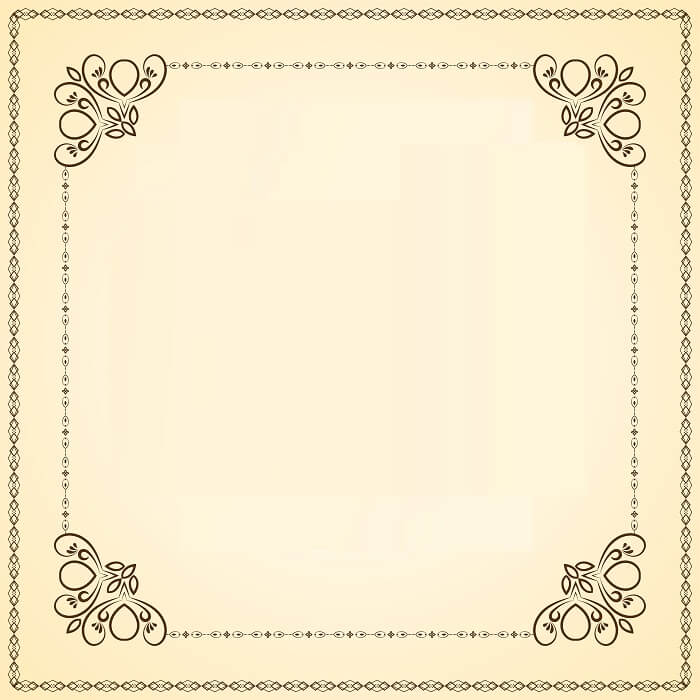



Our aim is to impart teachings and practices of traditional yoga styles to the excellent standards. To fulfill this purpose, we have designed our curriculum according to the guidelines set by Yoga Alliance USA and Yoga Alliance International. Endowed under the tutelage of highly experienced and globally acclaimed yoga teachers, we ensure that each of our students undergoes a truly enlightening and holistic experience of the science.
A stress-releasing facial massage can be a wonderful way to relax, rejuvenate, and relieve tension in the facial muscles.
 Stress releasing facial massage techniques
Stress releasing facial massage techniques Practical idea of Marma massage
Practical idea of Marma massage Two ayurvedic cooking practices for better lifestyle
Two ayurvedic cooking practices for better lifestyleAyurveda considers spices not only for enhancing taste but also for their therapeutic properties. Each spice has specific effects on the body and mind. Incorporate a variety of spices in your cooking to support digestion, improve metabolism, and balance doshas. For example:
Ayurveda emphasizes the importance of proper food combining to support optimal digestion and avoid the formation of toxins (Ama). Some general guidelines for mindful food combining include:
 Three best herbal drinks to boost immunity
Three best herbal drinks to boost immunityTulsi, or Holy Basil, is renowned for its immune-enhancing properties and adaptogenic effects. It helps the body cope with stress and supports the immune system. To make Tulsi tea, steep fresh or dried Tulsi leaves in hot water for about 5-10 minutes. You can add a dash of honey and a squeeze of lemon for extra flavor and benefits.
2.Ginger-Lemon-Honey TeaThis potent herbal drink combines the immune-boosting properties of ginger, vitamin C from lemon, and the antibacterial effects of honey. To prepare this tea, grate fresh ginger into hot water, add the juice of half a lemon, and a teaspoon of honey. Stir well and enjoy the warm and soothing drink.
3.Turmeric Golden MilkTurmeric is a powerful anti-inflammatory and immune-boosting spice. Golden Milk, also known as Turmeric Milk, is a traditional Ayurvedic drink that combines turmeric with milk and other spices. To make Golden Milk, warm up a cup of milk (dairy or plant-based), add a teaspoon of turmeric powder, a pinch of black pepper (enhances turmeric absorption), a touch of honey for sweetness, and a dash of cinnamon or cardamom for added flavor. Mix well and drink before bedtime for a calming and immune-boosting effect.
 Local Treatment method for Knee & Lower back pain
Local Treatment method for Knee & Lower back painApply a hot or cold compress to the affected knee, depending on what feels more soothing. A hot compress can help relax muscles and increase blood flow, while a cold compress can reduce inflammation and numb pain.
2.Epsom Salt SoakAdd Epsom salt to warm water and soak your knee for about 15-20 minutes. Epsom salt contains magnesium, which can help ease muscle tension and reduce pain.
3.Turmeric PasteMake a paste with turmeric powder and water or coconut oil. Apply it to the painful knee and leave it on for 15-20 minutes before rinsing. Turmeric has anti-inflammatory properties that can help reduce knee pain.
4.Massage with Ayurvedic OilsMassage the affected knee gently with Ayurvedic oils like Mahanarayan oil or Dhanwantharam oil. These oils contain potent herbs that can provide relief from pain and inflammation.
(FOR LOWER BACK PAIN) 1.Heat TherapyApply a heating pad or hot water bottle to your lower back to relax muscles and increase blood flow. Warm showers or baths can also provide relief.
2.Stretching ExercisesGentle stretching exercises can help alleviate lower back pain. Try knee-to-chest stretches, cat-cow stretches, and child's pose to loosen tight muscles.
3.Herbal PoulticeCreate a herbal poultice using ginger, garlic, and ajwain (carom seeds). Heat the mixture and wrap it in a cloth. Apply the warm poultice to your lower back for pain relief.
4.Ayurvedic Oil MassageMassage your lower back with warm sesame oil or castor oil. The massage can help soothe muscles and reduce discomfort.
4.Rest and PostureAvoid prolonged sitting or standing in one position. Take regular breaks and maintain good posture to relieve stress on your lower back.
 Practical idea of Pulse Reading method in Ayurveda
Practical idea of Pulse Reading method in AyurvedaPulse reading, known as Nadi Pariksha in Ayurveda, is a diagnostic technique used to assess the balance and imbalances of the doshas (Vata, Pitta, and Kapha) in the body. It is a skilled and specialized practice performed by experienced Ayurvedic practitioners.
While a comprehensive understanding of Nadi Pariksha requires extensive training and practice, here are some practical ideas to get an overview of the method: 1.Find an Experienced Practitioner/span>Pulse reading is a complex and nuanced skill that requires years of training and experience. Seek out a qualified Ayurvedic practitioner who specializes in Nadi Pariksha for an accurate assessment.
2.Choose the Right OilsSelect a suitable massage oil, preferably warm, such as sesame oil or a herbal-infused oil, to nourish the skin and enhance the benefits of the massage.
3.Warm-UpBegin with gentle strokes to warm up the body and relax the muscles.
4.Identify Marma PointsFamiliarize yourself with the location of Marma points. There are 107 major Marma points distributed throughout the body.
5.Gentle PressureApply gentle but firm pressure to the Marma points using your fingers, thumbs, or the palm of your hand. Hold the pressure for a few seconds and then release.
6.Circular StrokesUse circular motions on the Marma points to stimulate and balance the flow of Prana (life force) in the body.
7.SequenceFollow a specific sequence to cover all the major Marma points in the body. There are different Marma massage techniques for various health concerns and imbalances.
8.Intention and FocusMaintain a focused and meditative mindset while performing the massage. Connect with the intention of healing and restoring balance.
9.Respect and SensitivityBe mindful and respectful of the client's comfort and boundaries while working on Marma points, as some points can be sensitive or vulnerable.
10.Relaxation TechniquesAfter massaging the Marma points, incorporate relaxation techniques, such as gentle effleurage strokes, to soothe the body and integrate the benefits of the massage.
11.Closing RitualEnd the Marma massage with a few moments of silence, allowing the client to rest and absorb the healing effects of the treatment

Savithri Inn Thiruvambadi Beach Road, Kurakanni, Varkala, Thiruvananthapuram Kerala

The Kerala Retreat Kalakkode, Patambil, Bhoothakulam, Paravur, Kollam, Kerala.
 info@rishikulyogshala.org
info@rishikulyogshala.org
 +91 8433225327|
+91 9845271423
+91 8433225327|
+91 9845271423